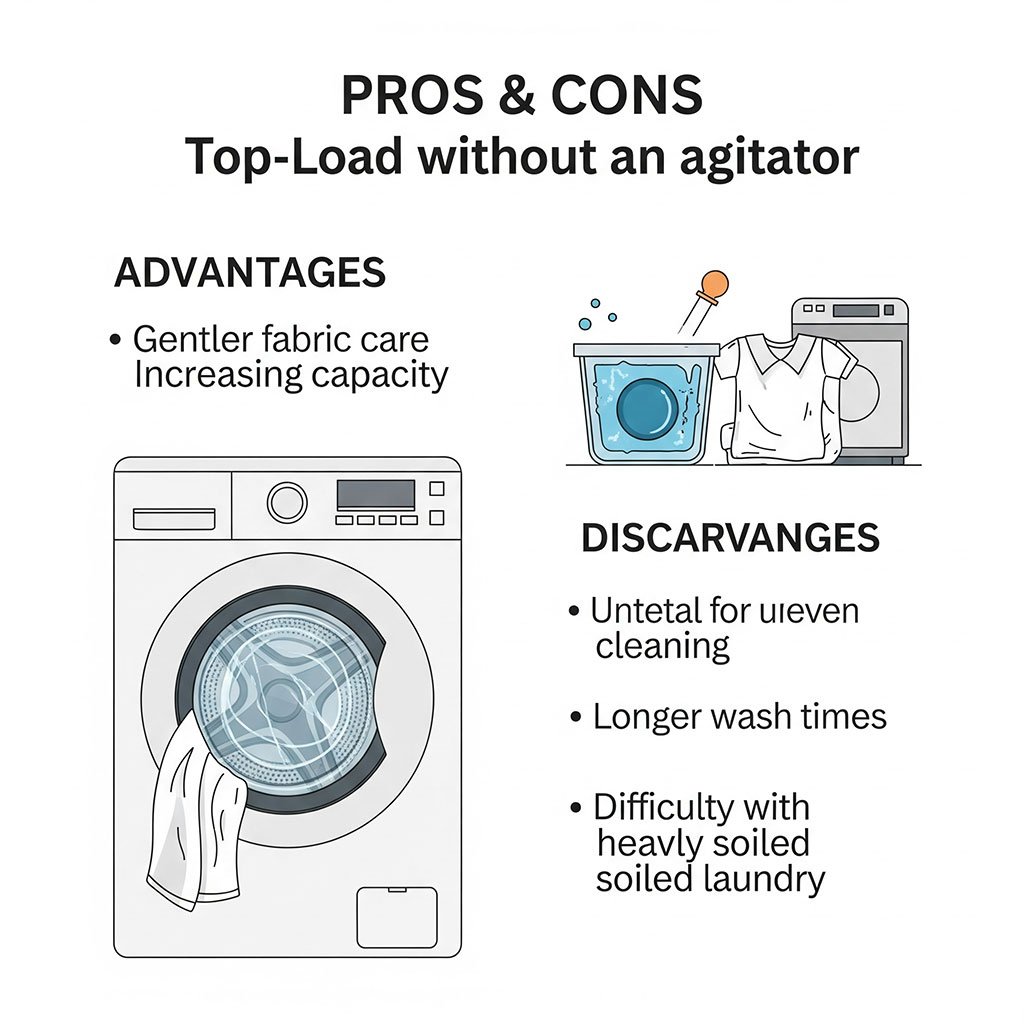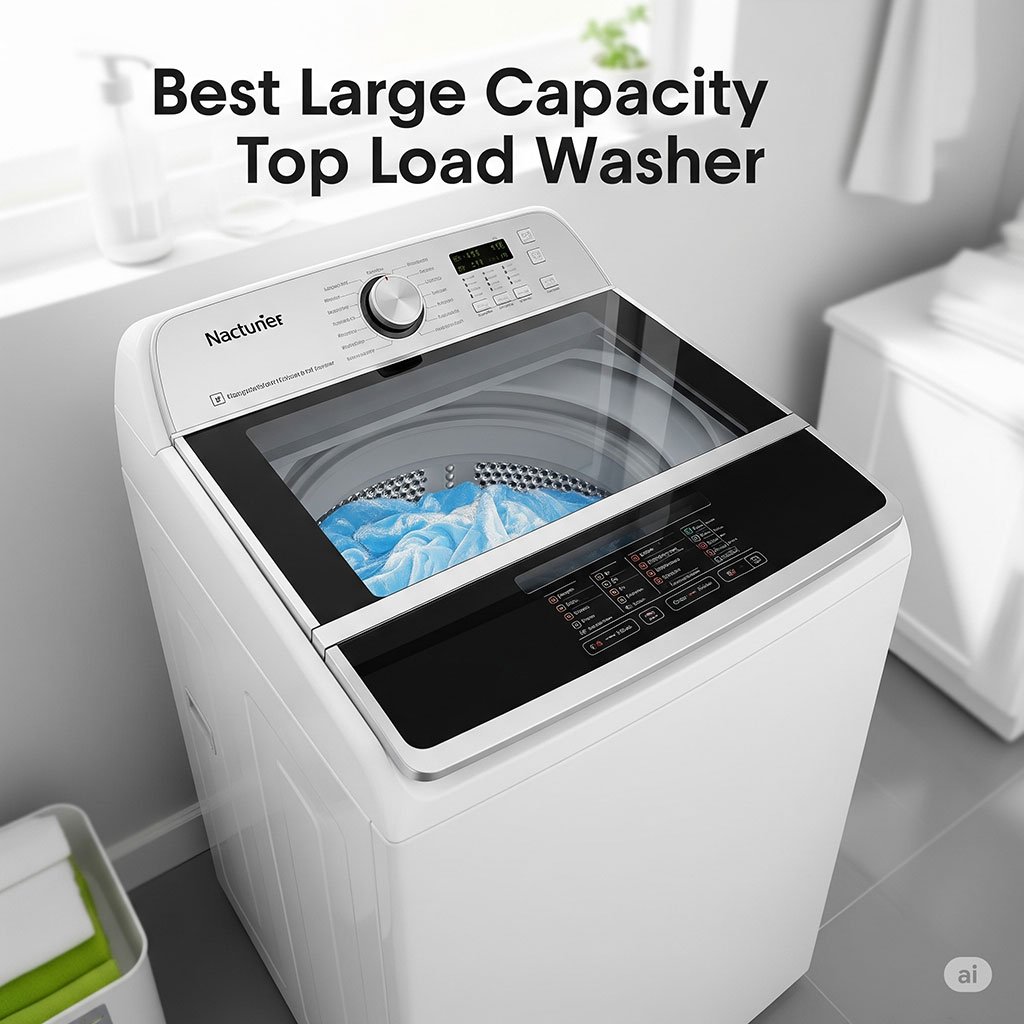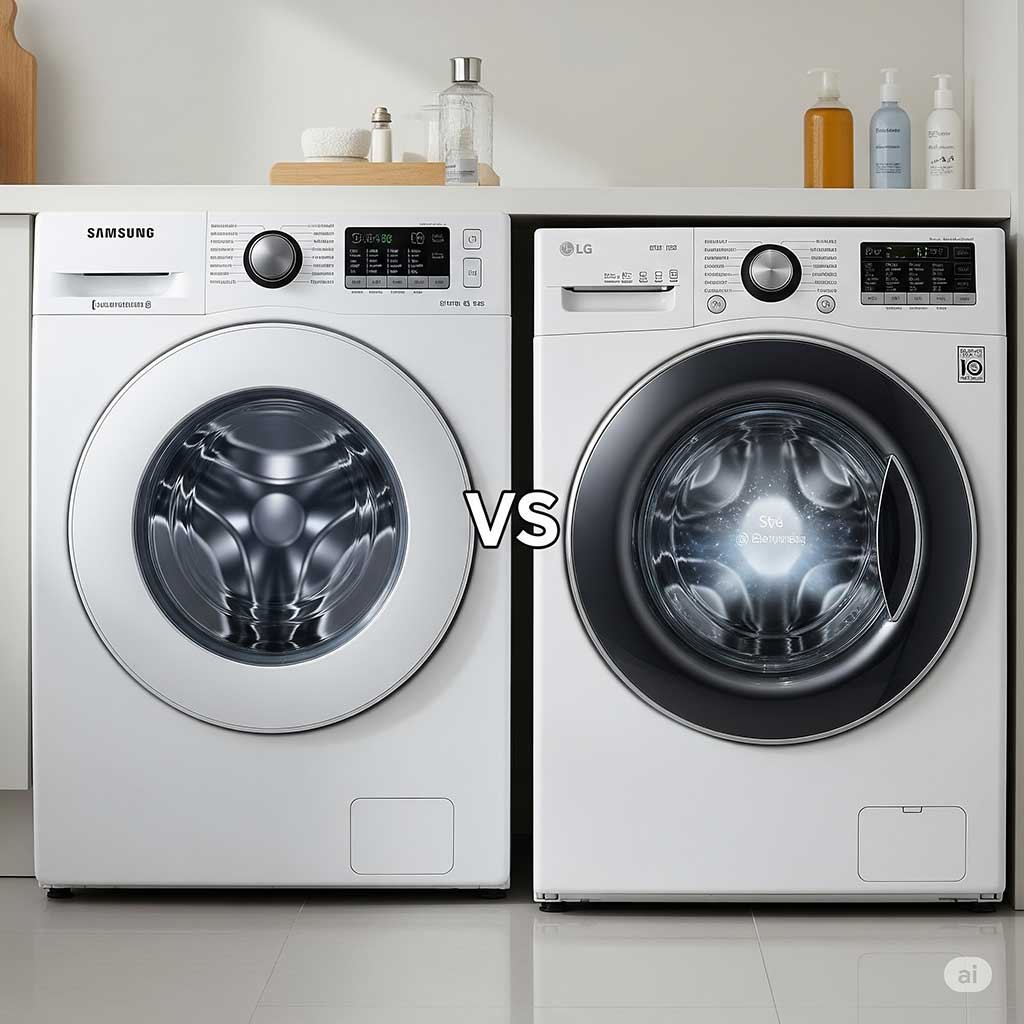If you’re experiencing problems with the water level sensor in your washing machine, you may be wondering how to bypass it. There are a few different ways to do this, depending on the specific model of your machine and the severity of the issue. In this article, we’ll go over some of the most common methods for bypassing a washing machine water level sensor, so you can get your laundry done without any further hassle.
One of the simplest ways to bypass a washing machine water level sensor is to add extra weight to your load. This can be done by soaking your clothes in water before adding them to the machine, or by selecting the extra rinse or bulk settings on your machine.
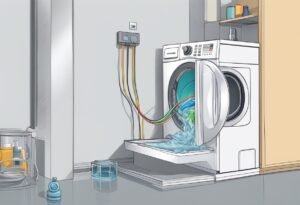
By adding more weight to the tub, you can trick the machine into thinking there are more items in the load, which can help bypass the sensor and allow more water to be used during the wash cycle. However, it’s important to note that this method may not work for all machines, and may not be a long-term solution to the problem.
Table of Contents
What Is Water Level Sensor & How It Works
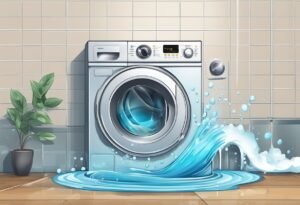
When you start your washing machine, it fills with water to a specific level before beginning the wash cycle. This water level is determined by the water level sensor, which is a key component of your washing machine. The sensor works by using air pressure to detect the water level in the machine. As the water level rises, it compresses the air in a tube connected to the sensor. The sensor then sends a signal to the control board to stop the water flow once the desired water level is reached.
The water level sensor is an essential safety feature that prevents your washing machine from overflowing and causing water damage to your home. However, there may be situations where you need to bypass the water level sensor. For example, if your sensor is faulty or if you need to wash a small load of clothes that doesn’t require a lot of water.
To bypass the water level sensor, there are a few methods you can try. One way is to add more weight to your load by soaking your clothes in water before putting them in the machine. This extra weight will trick your machine into thinking there are more items in the tub, bypassing the sensor. You can also try selecting the extra rinse or bulk settings or adjusting your machine’s pressure switch.
It’s important to note that bypassing the water level sensor can be dangerous if not done correctly. If you overload your machine with too much weight, it could damage the machine or cause it to overflow. Always follow the manufacturer’s instructions and use caution when bypassing the sensor.
Safety Precautions
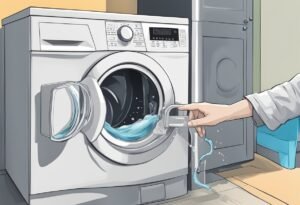
When working with washing machines, it is important to take certain safety precautions to avoid injury or damage to the machine. Here are some important safety tips to keep in mind:
Disconnect Power
Before you start working on your washing machine, make sure to disconnect it from the electrical power supply. This will prevent any electrical shocks or accidents from occurring. You can do this by unplugging the machine from the wall or by turning off the circuit breaker that powers the machine.
Water Hazard Precautions
Working with water can be hazardous, especially when dealing with washing machines. Here are some precautions you should take to avoid any water-related accidents:
- Wear protective gloves to avoid contact with hot or cold water, as well as any cleaning agents you may be using.
- Make sure the machine is completely drained of water before attempting any repairs or modifications.
- Avoid leaning over the machine while it is in use to prevent splashing or accidental contact with moving parts.
- If you need to add water to the machine, make sure to do so slowly and carefully to avoid spills or splashes.
By following these safety precautions, you can ensure that your washing machine repair or modification goes smoothly and safely.
Tools and Materials Needed
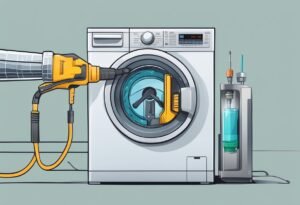
To bypass the washing machine water level sensor, you will need the following tools and materials:
Tools
- Screwdriver or other small, flat tool for removing your washer’s control panel
- Pliers (needle nose) to disconnect any electrical connections that may be in the way
- Multimeter to check the continuity of the wires
Materials
- Electrical tape to insulate the wires
- Jumper wire to bypass the water level switch
- Wire nuts to connect the wires
Before starting the process, make sure that you have all the necessary tools and materials at hand. It is also important to ensure that your washing machine is unplugged from the power source to avoid any electric shock.
Keep in mind that every washing machine is different, so the tools and materials required may vary. It is essential to check the manufacturer’s manual or do some research to determine the specific tools and materials needed for your washing machine model.
Once you have gathered all the necessary tools and materials, you can proceed with the process of bypassing the washing machine water level sensor.
Accessing the Water Level Sensor
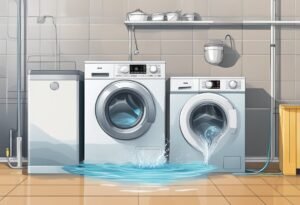
If you want to bypass the water level sensor in your washing machine, the first step is to access it. The water level sensor is typically located near the bottom of the washing machine, and it is connected to the control board by a small tube.
To access the water level sensor, you will need to remove the control panel from the washing machine. This can usually be done by removing a few screws or clips that hold the panel in place. Once you have removed the control panel, you should be able to see the water level sensor and the tube that connects it to the control board.
Before you begin working on the water level sensor, it is important to unplug the washing machine from the electrical outlet. This will prevent any electrical shocks or accidents from occurring while you are working on the machine.
Once you have accessed the water level sensor, you can begin to work on bypassing it. There are several methods that you can use to bypass the water level sensor, including adding weight to your load, running an extra rinse cycle, or adjusting your machine’s pressure switch.
By following these steps, you should be able to access the water level sensor in your washing machine and begin to work on bypassing it. However, if you are unsure about how to proceed or if you encounter any problems, it is always best to consult with a professional appliance repair technician.
Sensor Testing Procedures
Identify Sensor Type
Before you can perform any electrical tests on your washing machine’s water level sensor, you need to identify its type. There are two main types of sensors: pressure switches and load sensors.
Pressure switches are the most common type of sensor and are found in most top-loading washing machines. They work by monitoring the air pressure inside a tube connected to the switch. As the water level rises, the air pressure increases and the switch is triggered to turn off the water supply.
Load sensors, on the other hand, are found in most front-loading washing machines. They work by measuring the weight of the clothes in the drum. As the weight increases, the sensor detects it and adjusts the water level accordingly.
Perform Electrical Tests
Once you have identified the type of sensor in your washing machine, you can perform electrical tests to determine if it is working properly. Here are the steps to follow:
- Turn off the power to the washing machine and unplug it from the wall outlet.
- Locate the water level sensor. It is usually located near the top of the washing machine and has wires connected to it.
- Disconnect the wires from the sensor. You may need to use a screwdriver or pliers to do this.
- Use a multimeter to test the continuity of the sensor. Set the multimeter to the ohms setting and touch the probes to the terminals on the sensor. If the sensor is working properly, the multimeter should read between 0 and 5 ohms.
- If the sensor is not working properly, you may need to replace it. Consult your washing machine’s user manual or contact a professional for assistance.
By following these steps, you can identify the type of sensor in your washing machine and perform electrical tests to determine if it is working properly. If you need to replace the sensor, consult your washing machine’s user manual or contact a professional for assistance.
Also Read: 4 Wire Lid Switch Bypassing Formula.
Bypassing the Water Level Sensor In Washing Machine
If you are having issues with your washing machine water level sensor, there are a few ways to bypass it. The two most common methods are manual override and sensor modification.
Manual Override
One way to bypass the water level sensor is to manually override it. This can be done by adding more water to your load. Soaking your clothes in water before putting them in the washer will trick your machine into thinking there are more items in the tub, bypassing the sensor. You can also try selecting the extra rinse or bulk settings to add more water to your load.
Sensor Modification
Another method to bypass the water level sensor is to modify it. This can be done by adjusting your machine’s pressure switch. To do this, you will need a screwdriver or other small, flat tool for removing your washer’s control panel, and a pair of needle nose pliers to disconnect any electrical connections that may be in the way. Once you have access to the pressure switch, you can adjust it to the desired water level.
It is important to note that modifying your washing machine’s water level sensor can be dangerous and may void your warranty. It is recommended to consult a professional or the manufacturer before attempting any modifications.
Overall, bypassing the water level sensor in your washing machine can be done manually or through sensor modification. However, it is important to proceed with caution and consult a professional if you are unsure about making any modifications to your machine.
Reassembly and Testing
Now that you have bypassed the water level sensor in your washing machine, it’s time to reassemble it and test it out. Here are the steps you need to follow:
- Replace the control panel cover and secure it in place with the screws you removed earlier.
- Reconnect any electrical connections that you disconnected earlier.
- Turn on the power to the washing machine.
- Select a wash cycle and start the machine.
- Observe the machine as it fills up with water. Make sure that the water level is appropriate for the amount of laundry you have in the machine.
- If the water level is too high or too low, you may need to adjust the pressure switch. Refer to your washing machine manual for instructions on how to do this.
- Once you have adjusted the pressure switch, run another wash cycle to test the water level again.
- If the water level is now correct, congratulations, you have successfully bypassed the water level sensor in your washing machine!
Remember that bypassing the water level sensor is not a permanent solution. It is important to fix the sensor or replace it as soon as possible to avoid any potential safety hazards or damage to your washing machine.
Troubleshooting Common Issues
If you are experiencing issues with your washing machine’s water level sensor, there are a few things you can try before resorting to bypassing it.
Check the Sensor and Hose
First, check the sensor and hose for any blockages or damage. The sensor is typically located near the top of the machine and the hose runs from the sensor to the bottom of the tub. Use a flashlight to inspect the area and remove any debris or buildup that may be causing issues.
Clean the Filter
If the sensor and hose appear to be in good condition, the issue may be with the filter. The filter is typically located near the bottom of the machine and can become clogged with lint, hair, and other debris over time. Refer to your machine’s user manual for instructions on how to locate and clean the filter.
Adjust the Load
In some cases, the water level sensor may be functioning properly but the load size is too small for the machine to detect. Try adding more clothes to the load or adjusting the load size setting on the machine.
Bypass the Sensor
If none of the above solutions work, you may need to bypass the water level sensor. Refer to reliable sources such as Zim Washing Machine for detailed instructions on how to do so. Keep in mind that bypassing the sensor may void your warranty and could potentially cause damage to your machine if not done properly.
Long-Term Considerations
While bypassing the water level sensor in your washing machine may seem like a quick fix, there are some long-term considerations to keep in mind.
Water Usage
One of the main reasons for having a water level sensor in your washing machine is to conserve water. By bypassing this sensor, you may end up using more water than necessary. This can lead to higher water bills and is not environmentally friendly.
To minimize the amount of water you use, try to only wash full loads of laundry. This will not only save water but also energy and time.
Wear and Tear
Another consideration is the wear and tear on your washing machine. By adding extra weight to your load or adjusting the pressure switch, you may be putting extra strain on your machine. This can lead to mechanical problems down the road.
To minimize wear and tear, make sure to follow your washing machine’s instructions for load size and water usage. This will help ensure that your machine lasts as long as possible.
Safety
Lastly, bypassing the water level sensor in your washing machine can be a safety hazard. If you overload your machine with too much weight or water, it can become unbalanced and potentially cause damage to your machine or even your home.
To ensure your safety and the safety of your home, always follow the manufacturer’s instructions for load size and water usage. If you’re unsure about how much weight or water your machine can handle, consult the owner’s manual or contact the manufacturer for guidance.
By keeping these long-term considerations in mind, you can bypass the water level sensor in your washing machine safely and responsibly.
FAQ
No, it is highly unsafe to bypass a washing machine water level sensor. Such modifications carry significant risks of electrical shock, water damage, appliance malfunction, and can void your warranty. Always prioritize safety and consult professionals.
Common signs include the washing machine overfilling or underfilling with water, stopping mid-cycle, displaying water-related error codes, or not filling with any water at all.
While replacement guides might be available, replacing a water level sensor involves working with electrical components and potentially disassembling parts of your washing machine. Unless you have prior experience and confidence in appliance repair, it’s best left to a qualified technician to ensure proper installation and safety.
No, bypassing the sensor is unlikely to save water or energy; in fact, it will likely waste both. The sensor ensures optimal water usage for each load. Bypassing it could lead to overfilling, using more water and requiring more energy to heat it, or underfilling, requiring re-washes.
First, check if you are overloading the machine or using the correct cycle. Ensure the water supply valves are fully open. If the problem persists, it’s recommended to contact a professional appliance repair service for a proper diagnosis and repair.

